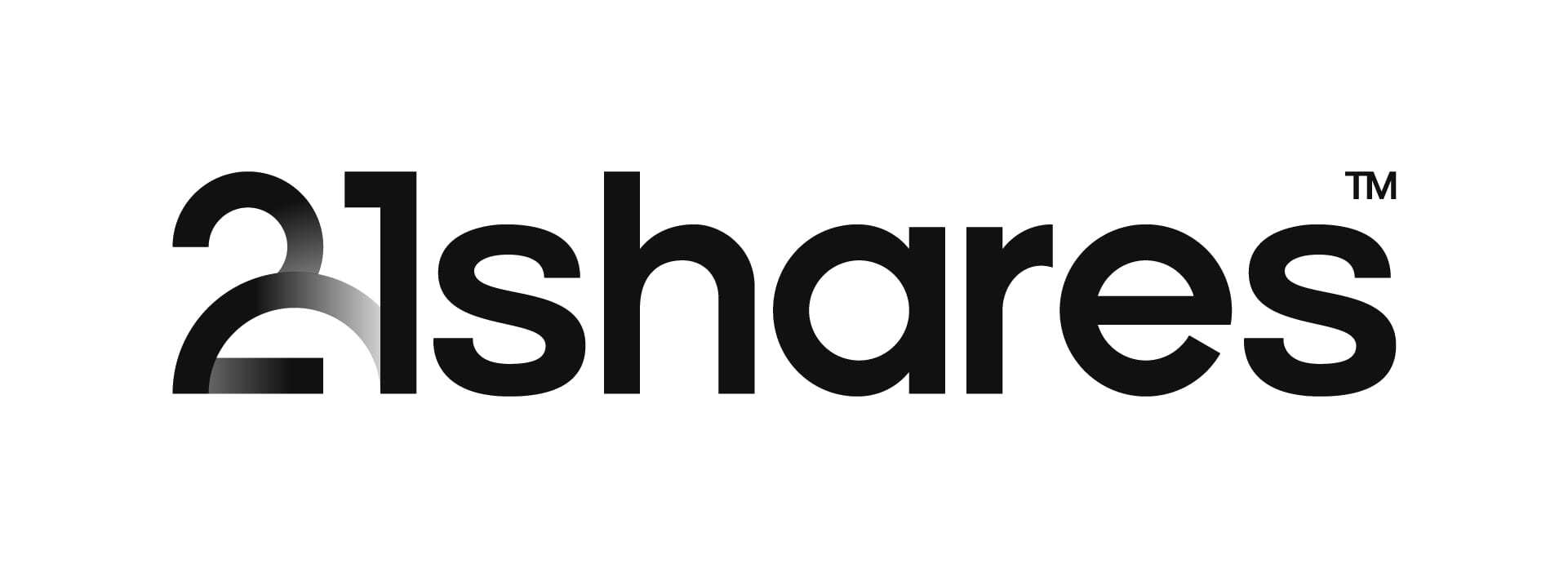The ethereum merge may have the crypto space in a frenzy, however, investors are remaining level-headed as the most significant tech update since the launch of bitcoin looms near.
As an update to ethereum's blockchain, the merge will start the process by which ethereum transitions from a proof-of-work (PoW) to a proof-of-stake (PoS) protocol.
PoW – the first type of system to be used in crypto – is highly energy-intensive. Therefore, by transitioning to a PoS system, ethereum will become 99.95% more energy efficient, according to the Ethereum Foundation.
Under a PoS system, users are incentivised to stake or deposit their ethereum by being offered a 4.1% interest to hold ethereum for a period of six to 12 months.
“We are seeing a huge inflow in investors who are trying to earn yield,” Eliezer Ndinga, director of research at 21Shares, told ETF Stream. “I expect to see more investors trying to classify this asset class.”
The crypto market has been in the red since bitcoin hit an all-time high in November 2021. Once at a market capitalisation of $3tn, the entire space is now valued just shy of $1tn.
Investors are treading cautiously and for good reason. Ethereum has said it would pursue a goal of updating its blockchain system in 2016, with an initial date set for 2021, however, delays caused by technical issued and market turbulence has stalled the project.
James Butterfill, head of research at CoinShares, told ETF Stream: “There have been significant outflows last week. Investors are concerned if the merge will go smoothly.”
According to data from CoinShares, outflows of ethereum hit $62m last week, taking the year-to-date outflows to $360.8m as bitcoin recorded $251.7m inflows over the same period.
Technical delays and mishaps is one reason why investors may be apprehensive but an imminent hard fork during the merge could be the real reason for their concerns.
“After the merge, former validators will not need energy-intensive machines and computers. This is going to be quite a change to ethereum", Ndinga said.
Although many have touted ethereum's transition to an eco-friendly blockchain system, the miners who previously were responsible for maintaining and processing transactions on the blockchain are not pleased.
Due to the shift in system, their PoW mining services will no longer be needed and so miners and engineers have vowed to split the ethereum blockchain in two. One will use a PoS system while the other runs on the old PoW mechanism.
ETP issuers such as ETC Group have been quick to act. On 7 September, the firm announced the launch of a PoW ethereum ETP, the ETC Group Physical Ethereum PoW (ZETW), which will track ethereum's original PoW blockchain token now called ETHW.
In a statement, Bradley Duke, founder and co-CEO of ETC Group, said the firm believes “it is only right that investors in our products should receive the proceeds of this fork”.
Other firms like 21Shares have taken note of the current state of the market. Ndinga said "developing a staking ETP" was something they are monitoring. The decision to launch a staking ETP will depend on "what makes sense" once things have settled.
An additional dynamic that influences ethereum is the 'merge' does not solve issues with the platform’s useability. Ethereum has had a long-standing problem in dealing with its gas fees. Gas measures the computational effort needed to process transactions.
The larger a transaction is, the more lucrative it is to process and therefore smaller transactions often have to wait longer to be processed.
This will not impact the price of ethereum directly, however, if the merge is a success or a failure, the demand and supply of ethereum will be affected. In the case of a successful merge, inflows into ethereum may spike and so cause a 'network traffic jam'.
“The solution is to move transaction from ethereum to rollups which will occur in a future update,” Butterfill said.
These rollups will only occur in 2023 at the earliest through sharding, the process of splitting up a blockchain into smaller blockchains. By sharding, network activity would be split across different blockchains, easing the congestion on the main ethereum blockchain.
Analysts at Saxo Bank concluded: “Ethereum will go from the computationally intensive proof-of-work consensus to the more energy-friendly proof-of-stake, as well as introducing a mechanism to limit the inflation in ethereum.
“The crypto community is looking very much forward to this upgrade, although some are concerned about the security in the new framework.”
Related articles





